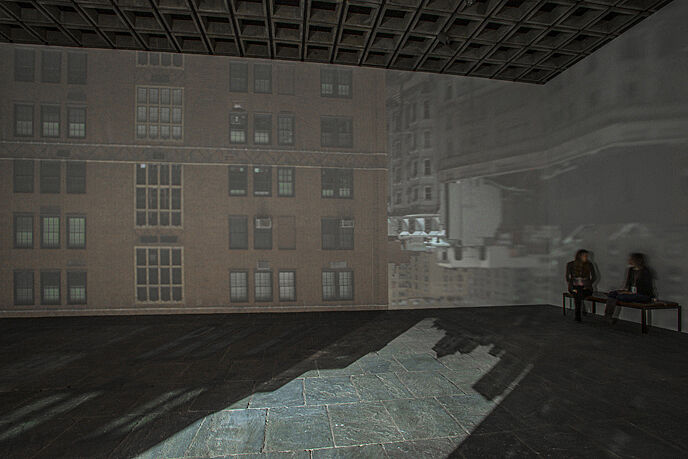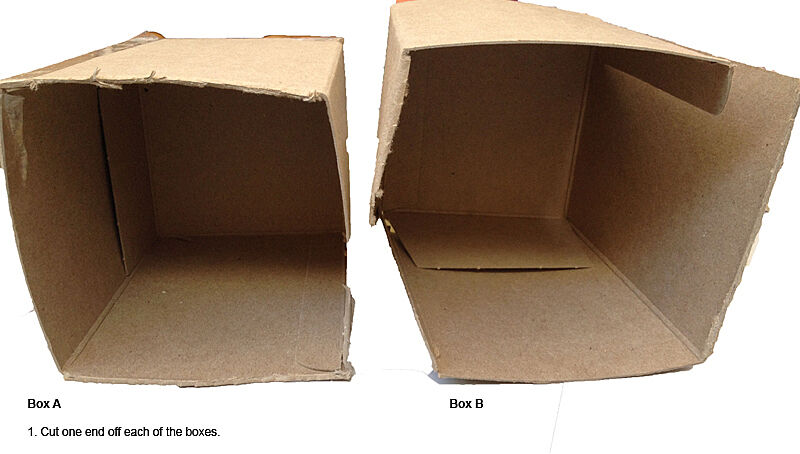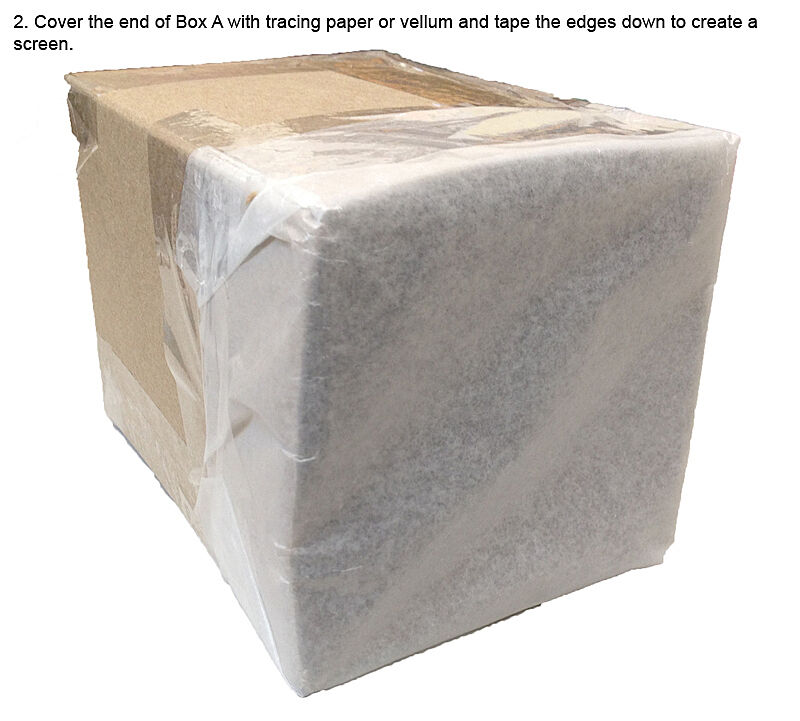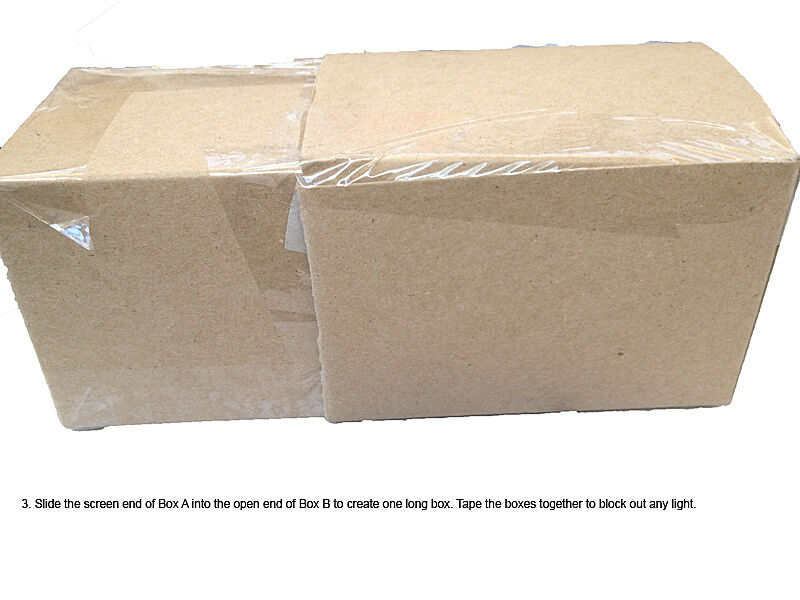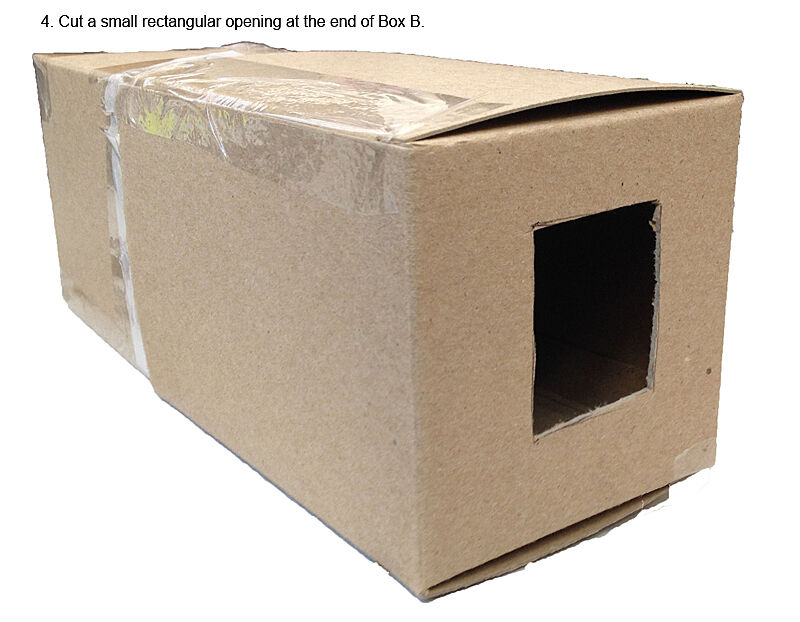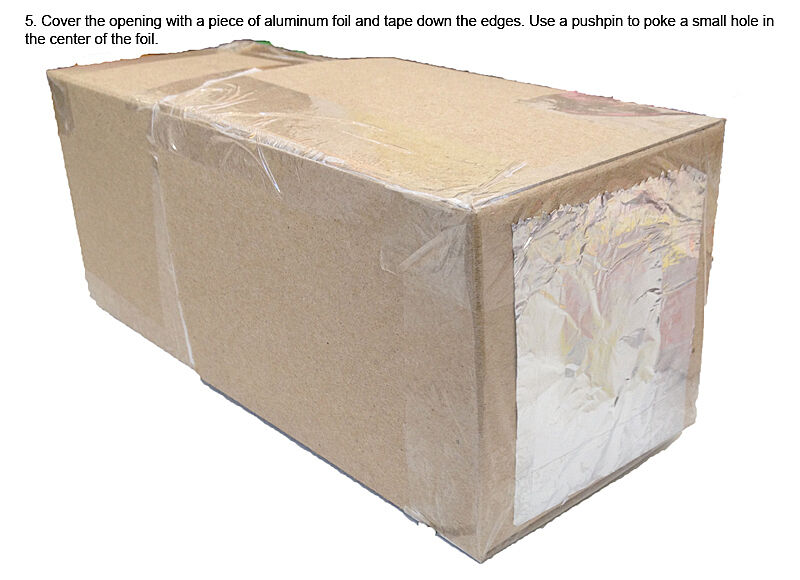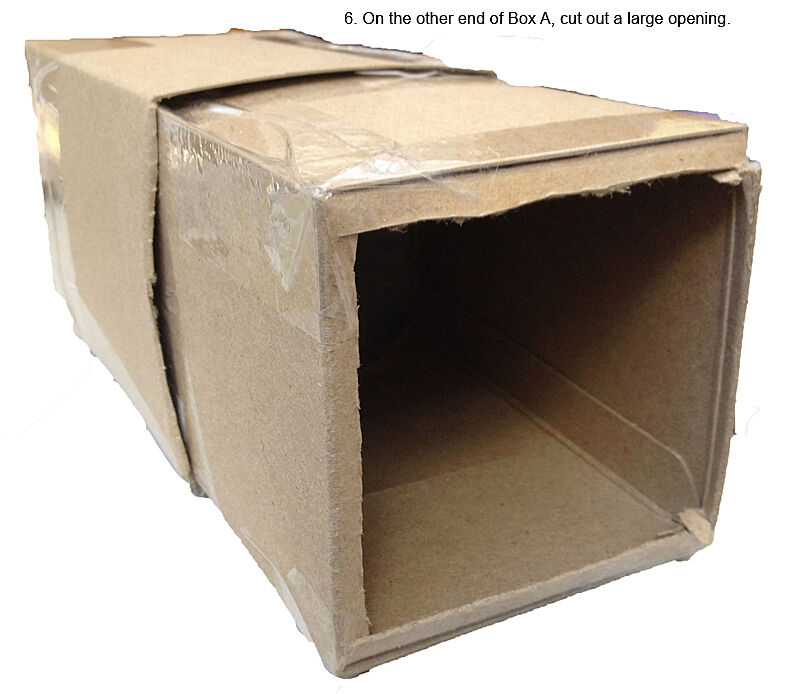Bring the Outside Inside
Make a camera obscura
For the 2014 Biennial exhibition, Zoe Leonard turned part of the fourth-floor gallery into a giant camera obscura. By inviting us into the camera obscura, Leonard asks us to slow down, to look with close attention, and to listen to the ambient sound in the space.
a. Turn your classroom into a camera obscura! You’ll need a roll of black photographic paper, duct tape, a lens from a camera or flashlight, and a pushpin.
b. Use a white, blank classroom wall opposite a window with a view, or cover the wall with a large piece of white paper. Cover all of the windows in your classroom with black photographic paper so that no light is coming through. In the center fothe window, make a hole in the black paper that is the size and shape of the lens. Tape the lens over the hole. The only light entering the room should be through the lens.
c. After a few minutes, your eyes will adjust to the dark, and an image should appear on the wall opposite the window. The image will be upside down and in reverse, like a mirror image. Ask students to spend time looking closely at the image. What do they see in the camera obscura image that they don’t usually focus on when they look out the window? What do they notice about the sounds outside?
d. You may want to make smaller camera obscuras with younger students. You’ll need two small cardboard boxes or cylinders, tape, scissors or a mat knife, heavy duty aluminum foil, tracing paper or vellum, and a pushpin.

